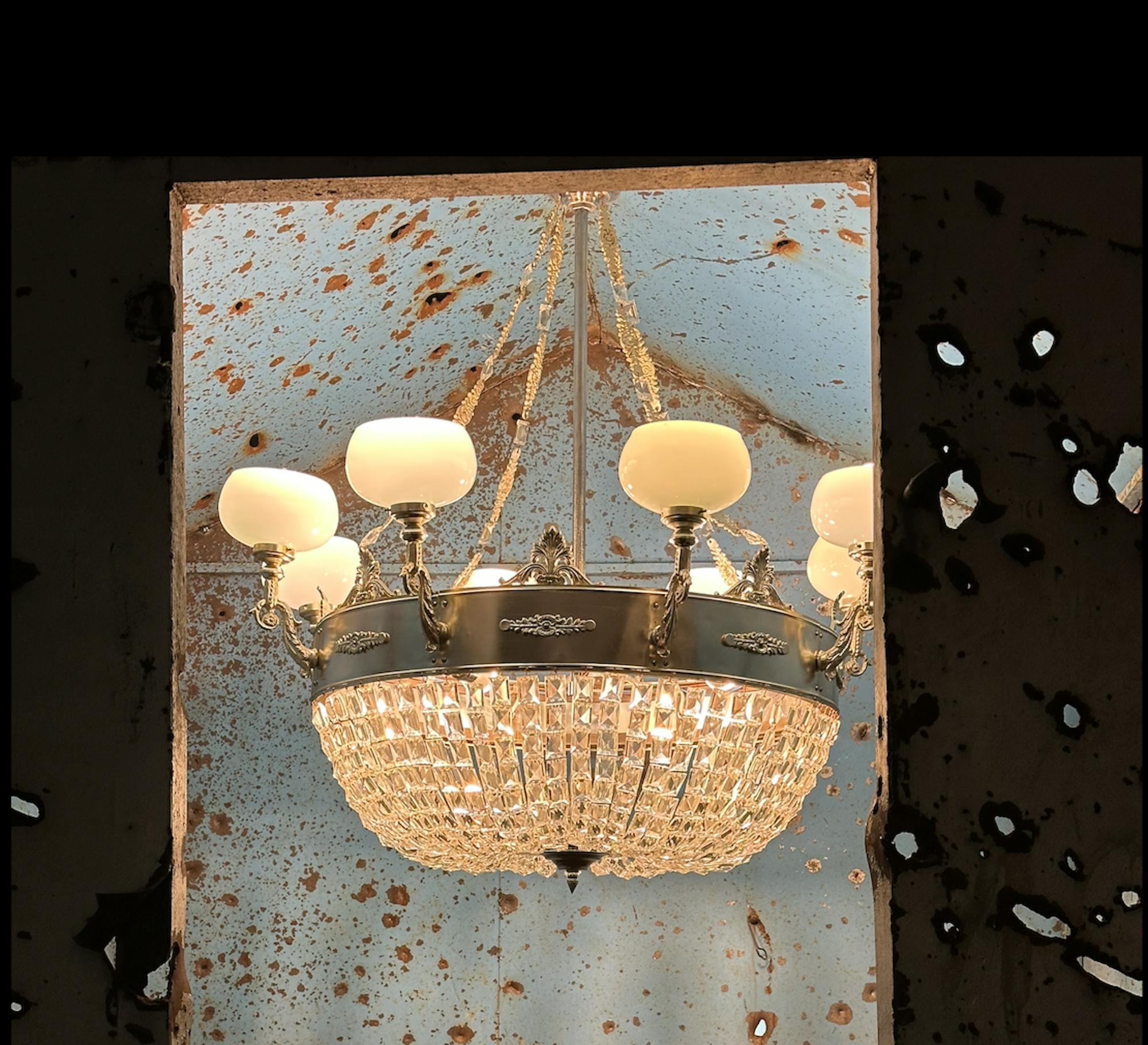“Attention! Attention! An air raid alert has been announced in the city! Please proceed to the nearest shelter!” We heard as we entered the PinchukArtCentre exhibition hall in Kyiv. In the middle of the room, there was an installation by contemporary Ukrainian artist Zhanna Kadyrova. The piece was a part of the “Flying Trajectories” exhibition which features numerous pieces about the invasion of Ukraine. Confused, we contemplated whether the announcement was a part of the art piece. The anxiety-provoking recording could easily be an audio component of a map of Ukraine made from broken, fractured brick with the occupied regions crushed to the floor.
Artem and I checked our phones and realized that the air raid was indeed announced in Kyiv — we had to leave the gallery immediately. As with all public spaces, it temporarily closes whenever there is a risk of Russian attack by missile or drone. A few days later we returned to obtain a better sense of the exhibition and had the luck of being able to explore it without such a frightening interruption. Zhanna Kadyrova is among the few Ukrainian artists whose war-themed work effectively speaks to international audiences while remaining relatable and moving to Ukrainians. Many of her recent pieces have put Russia’s war in Ukraine into perspective and served as a reminder of the proximity of the conflict.
For example, a series of videos titled “Russian Rocket” features a missile, the kind that is used by Russians in deadly attacks in Ukraine, flying over the landscapes of peaceful countries. In the piece, the rocket is just a sticker put by Kadyrova on a window of a train or bus, yet it successfully conveys the feelings of fear and absurdity — how can such a violent conflict be happening in 21st-century Europe? As explained on the gallery website, she “brought the feeling of danger and imagination of danger with her to every country that hosted her.” Within the “Flying Trajectories” exhibition, the piece was also turned into a creative way to both raise donations and empathy for the Ukrainian plight, as the visitors could purchase the stickers of the same Russian rocket with 100% of the proceeds being donated to the Angels of Kyiv fund for the needs of the Ukrainian army.
My favorite part of the exhibit was the “House of Culture” installation, a steel barn pockmarked by enemy bullets, which houses an intricate chandelier. Its light shines through the bullet holes, softly illuminating the hall. Prior to the full-scale Russian invasion, the chandelier belonged to a cultural center in Beryslav, a region that was occupied by Russia and still endures heavy Russian shelling to this day. The installation serves as another piece of evidence of Russia’s attempts to erase Ukrainian culture. Directly after the barn, we saw a wall-sized list of cultural objects that have suffered from Russian aggression.
In my own art practice, I often turn to the topic of the war in my home country, as visual art is one of the most effective tools for bringing attention to any kind of issue. To understand or dive deeper into the historical and cultural context of another country, we should explore the work of its artists. This is particularly important for countries such as Ukraine, whose art is under siege.






